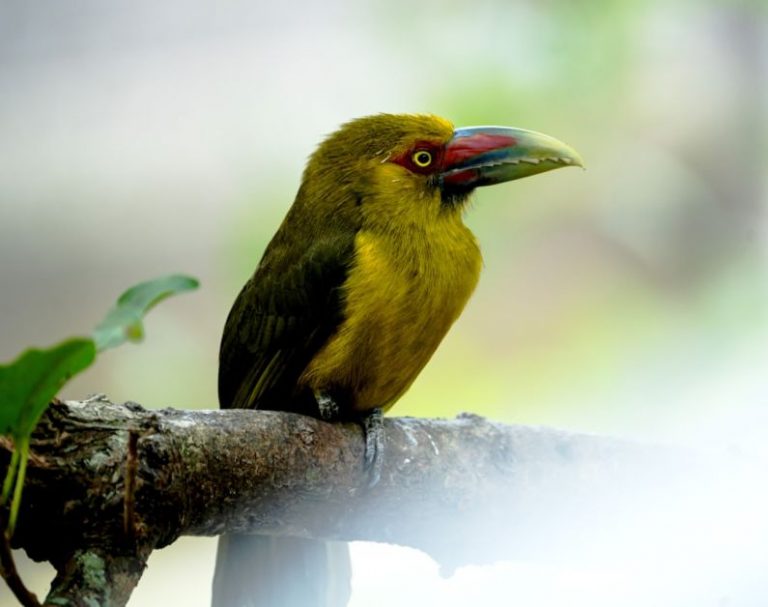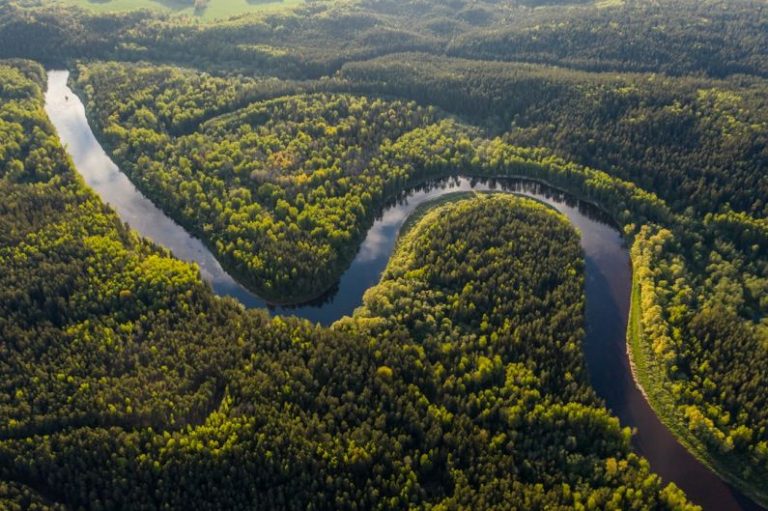What Are the Unique Plants Found in Brazilian Rainforests?

Brazilian rainforests are known for their incredible biodiversity, with a vast array of unique plants that are found nowhere else on Earth. From towering trees to delicate flowers, these forests harbor a wealth of botanical treasures that have captured the imagination of scientists and nature enthusiasts alike. In this article, we will explore some of the most fascinating and distinctive plants that call the Brazilian rainforests home.
**Carnivorous Plants: Nature’s Predators**
One of the most intriguing plant species found in Brazilian rainforests are carnivorous plants. These remarkable organisms have evolved to supplement their nutrient intake by trapping and digesting small insects and other prey. The pitcher plant, for example, features a pitcher-shaped structure filled with digestive enzymes that attract and consume unsuspecting insects. Another carnivorous plant, the Venus flytrap, is famous for its rapid snapping shut of its trap when triggered by a wandering insect. These plants showcase the incredible diversity of strategies that plants have developed to thrive in challenging environments.
**Giant Water Lilies: Floating Marvels**
The Brazilian rainforests are also home to the giant water lily, a stunning plant that captivates with its enormous size and striking appearance. These remarkable lilies have leaves that can grow up to 3 meters in diameter, providing a floating platform for delicate white flowers. The giant water lilies play a crucial role in their ecosystem, providing shelter for fish and other aquatic organisms while creating a serene and picturesque scene on the water’s surface. Their beauty and size make them a must-see attraction for any visitor to the Brazilian rainforests.
**Brazil Nut Trees: Guardians of the Forest**
One of the iconic plants of the Brazilian rainforests is the Brazil nut tree, a towering giant that can reach heights of over 50 meters. These majestic trees are not only impressive in size but also play a vital role in the ecosystem as providers of food and shelter for a wide range of animals. The Brazil nut tree produces large, round fruits that contain the valuable Brazil nuts, which are a key food source for many species, including monkeys and birds. The seeds of the Brazil nut tree rely on agoutis, large rodents, to crack open their hard shells, showcasing the intricate relationships that exist between plants and animals in the rainforest.
**Orchids: Delicate Beauties of the Forest**
No discussion of the unique plants of the Brazilian rainforests would be complete without mentioning orchids, a diverse and enchanting group of flowering plants. Brazil is home to a staggering variety of orchid species, with estimates ranging from 3,000 to 4,000 different types. These delicate beauties can be found clinging to trees, rocks, and even the forest floor, showcasing a wide range of colors, shapes, and sizes. Orchids have long captured the imagination of botanists and artists alike, with their intricate blooms and fascinating adaptations making them a symbol of beauty and resilience in the natural world.
**In Conclusion: A Botanical Wonderland**
The Brazilian rainforests are a treasure trove of unique and fascinating plant species that highlight the incredible diversity of life on our planet. From carnivorous plants to giant water lilies, each plant plays a vital role in the delicate balance of the rainforest ecosystem. Exploring the botanical wonders of the Brazilian rainforests offers a glimpse into a world teeming with beauty, complexity, and wonder, reminding us of the importance of protecting these precious habitats for future generations to enjoy and study.





